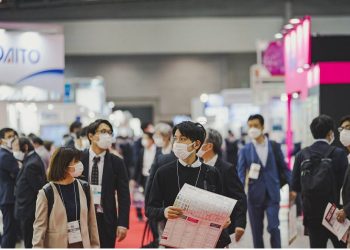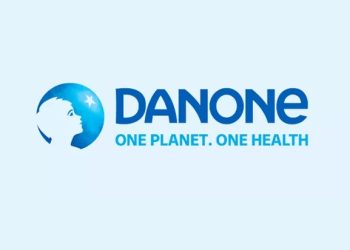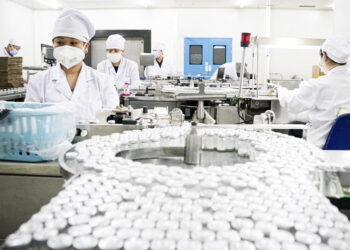Challenge:
The Karahal Block is the least developed and poorest block in the Sheopur District of Madhya Pradesh. It faces the challenges of abysmal poverty, an acute water shortage, a complete absence of healthcare facilities, a high incidence of malnutrition and a high rate of child mortality, compounded by a lack of livelihood resources. These factors lead to a high rate of school dropouts, with girls students being especially hard-hit, as they are expected to stay home to look after siblings, contribute to household income, or are married off by the age of 13.
Approach:
Johnson & Johnson India has embarked on a signature project to improve lives of the residents through the holistic development of this backward block: ensuring children get into the classrooms, empowering women, improving standards of healthcare and education and access to the same, and providing livelihood options. The approach to this project has been holistic and collaborative, with a number of initiatives to tackle the various challenges:
• Education and health of the girl child, through Project Nanhi Kali, jointly managed by the K.C.Mahindra Education Trust (KCMET) and the Naandi Foundation.
• Community Development with a specific focus on water management, irrigation and sanitation – in association with Humana People to People India.
• Provision of a Mobile Dispensary Unit – in association ith Humana People to People India.
• Provision of safe drinking water through the installation of rainwater harvesting structures and the formation of water-user groups for the maintenance and upkeep of these structures.
Impact:
• These initiatives have already achieved encouraging results:
• Education for over 1200 girl children is being supported under the Nanhi Kali scheme.
• Drinking water points have been established to benefit a population of 25,000.
• Youth from within the community are being trained in entrepreneurship skills. Empowered by newly-acquired knowledge, 70% of these youth have started income-generating activities.
• Solar charging stations have been established in villages with no electricity.
• The community as a whole has started availing of government schemes, which they were unaware about in the past.
• Women’s self-help groups have been formed for microfinance.
• Primary healthcare and referral services are being provided through a mobile clinic.
• Workshops on various health issues are being conducted and relevant information is disseminated.
Beneficiaries: 70,000 people, across 102 villages

















